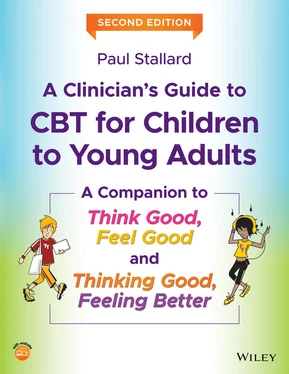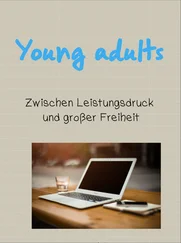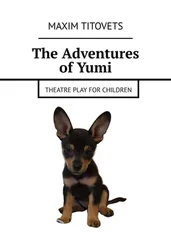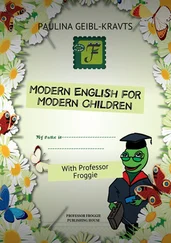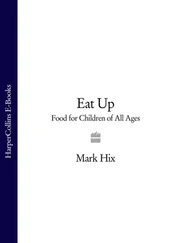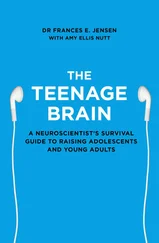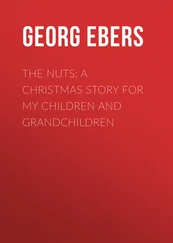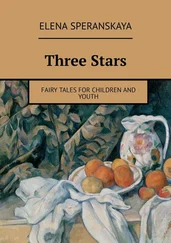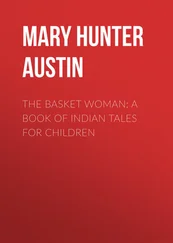49 44
50 45
51 46
52 47
53 48
54 49
55 50
56 51
57 52
58 53
59 54
60 55
61 56
62 57
63 58
64 59
65 60
66 61
67 62
68 63
69 64
70 65
71 66
72 67
73 68
74 69
75 70
76 71
77 72
78 73
79 74
80 75
81 76
82 77
83 78
84 79
85 80
86 81
87 82
88 83
89 84
90 85
91 86
92 87
93 88
94 89
95 90
96 91
97 92
98 93
99 94
100 95
101 96
102 97
103 98
104 99
105 100
106 101
107 102
108 103
109 104
110 105
111 106
112 107
113 108
114 109
115 110
116 111
117 112
118 113
119 114
120 115
121 116
122 117
123 118
124 119
125 120
126 121
127 122
128 123
129 124
130 125
131 126
132 127
133 128
134 129
135 130
136 131
137 132
138 133
139 134
140 135
141 136
142 137
143 138
144 139
145 140
146 141
147 142
148 143
149 144
150 145
151 146
152 147
153 148
154 149
155 150
156 151
157 152
158 153
159 154
160 155
161 156
162 157
163 158
164 159
165 160
166 161
167 162
168 163
169 164
170 165
171 166
172 167
173 168
174 169
175 170
176 171
177 172
178 173
179 174
180 175
181 176
182 177
183 178
184 179
185 180
186 181
187 182
188 183
189 184
190 185
191 186
192 187
193 188
194 189
195 190
196 191
197 192
198 193
199 194
200 195
201 196
202 197
203 199
204 200
205 201
206 202
207 203
208 204
209 205
210 206
211 207
212 208
213 209
214 210
215 211
216 212
217 213
218 214
219 215
220 216
221 217
222 218
223 219
224 220
225 221
226 222
227 223
228 224
229 225
230 226
231 227
232 229
233 230
234 231
235 232
236 233
237 234
238 235
239 236
240 237
241 238
242 239
243 240
244 241
245 242
246 243
247 244
248 245
249 246
250 247
251 248
252 249
253 250
254 251
255 252
256 253
257 254
258 255
259 256
260 257
261 258
262 259
263 260
264 261
265 262
266 263
267 264
268 265
269 266
270 267
271 268
272 269
273 270
274 271
275 272
276 273
277 274
278 275
279 276
280 277
281 278
282 279
283 280
284 281
285 282
286 283
287 284
288 285
289 286
290 287
291 288
292 289
293 291
294 292
295 293
296 294
297 295
298 296
299 297
300 298
301 299
302 300
303 301
A Clinician’s Guide to CBT for Children to Young Adults
A Companion to Think Good, Feel Good and Thinking Good, Feeling Better
Second Edition
Paul Stallard

This second edition first published 2021
© 2021 John Wiley & Sons Ltd
Edition History John Wiley & Sons Ltd (1e, 2005)
All rights reserved. No part of this publication may be reproduced, stored in a retrieval system, or transmitted, in any form or by any means, electronic, mechanical, photocopying, recording or otherwise, except as permitted by law. Advice on how to obtain permission to reuse material from this title is available at http://www.wiley.com/go/permissions.
The right of Paul Stallard to be identified as the author of this work has been asserted in accordance with law.
Registered Offices John Wiley & Sons, Inc., 111 River Street, Hoboken, NJ 07030, USA John Wiley & Sons Ltd, The Atrium, Southern Gate, Chichester, West Sussex, PO19 8SQ, UK
Editorial Office The Atrium, Southern Gate, Chichester, West Sussex, PO19 8SQ, UK
For details of our global editorial offices, customer services, and more information about Wiley products visit us at www.wiley.com.
Wiley also publishes its books in a variety of electronic formats and by print‐on‐demand. Some content that appears in standard print versions of this book may not be available in other formats.
Limit of Liability/Disclaimer of Warranty While the publisher and authors have used their best efforts in preparing this work, they make no representations or warranties with respect to the accuracy or completeness of the contents of this work and specifically disclaim all warranties, including without limitation any implied warranties of merchantability or fitness for a particular purpose. No warranty may be created or extended by sales representatives, written sales materials or promotional statements for this work. The fact that an organization, website, or product is referred to in this work as a citation and/or potential source of further information does not mean that the publisher and authors endorse the information or services the organization, website, or product may provide or recommendations it may make. This work is sold with the understanding that the publisher is not engaged in rendering professional services. The advice and strategies contained herein may not be suitable for your situation. You should consult with a specialist where appropriate. Further, readers should be aware that websites listed in this work may have changed or disappeared between when this work was written and when it is read. Neither the publisher nor authors shall be liable for any loss of profit or any other commercial damages, including but not limited to special, incidental, consequential, or other damages.
Library of Congress Cataloging‐in‐Publication Data
Names: Stallard, Paul, 1955– author.
Title: A clinician’s guide to CBT for children to young adults : a companion to think good, feel good and thinking good, feeling better / Paul Stallard.
Other titles: Clinician’s guide to think good‐feel good
Description: Second edition. | Hoboken, NJ : John Wiley & Sons, [2020] | Includes bibliographical references and index.
Identifiers: LCCN 2020022832 (print) | LCCN 2020022833 (ebook) | ISBN 9781119396314 (paperback) | ISBN 9781119395492 (adobe pdf) | ISBN 9781119395461 (epub)
Subjects: LCSH: Behavior therapy for children. | Cognitive therapy for children. | Behavior therapy for teenagers. | Cognitive therapy for teenagers.
Classification: LCC RJ505.B4 S718 2020 (print) | LCC RJ505.B4 (ebook) | DDC 618.92/89142–dc23
LC record available at https://lccn.loc.gov/2020022832LC ebook record available at https://lccn.loc.gov/2020022833
Cover Design: Wiley
Cover Image: © www.davethompsonillustration.com
This book provides practical ideas about how to use cognitive behavioural techniques (CBT) with children, adolescents, and young adults. The book is organised around a competency framework and highlights the underlying philosophy, process, and core skills of undertaking CBT with this client group. The ideas can be used as part of an individual intervention for those with psychological problems or as a group‐based prevention programme to promote helpful ‘life skills’ to build resilience.
Читать дальше
